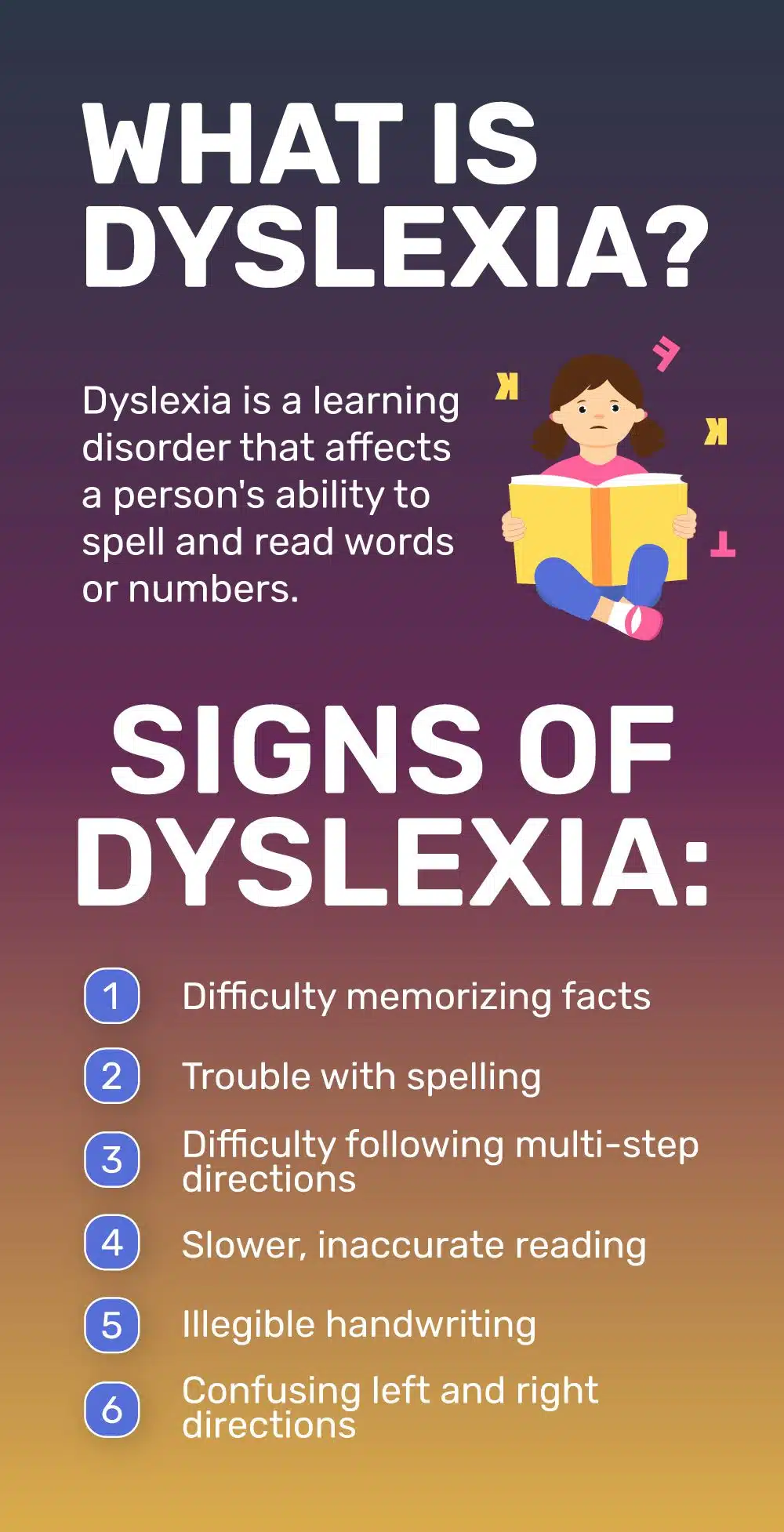Verbal dyslexia, scientifically known as “phonological dyslexia,” refers to a condition where there’s difficulty recognizing and manipulating spoken language sounds. It’s not about seeing letters backward, like traditional dyslexia, but more about a challenge in linking sounds to written symbols. Individuals with verbal dyslexia might struggle with decoding words, leading to difficulties in reading, spelling, and sometimes even in expressing themselves verbally. It’s crucial to note that this condition is distinct from the more common visual dyslexia, showcasing the rich variety within neurodiversity.














